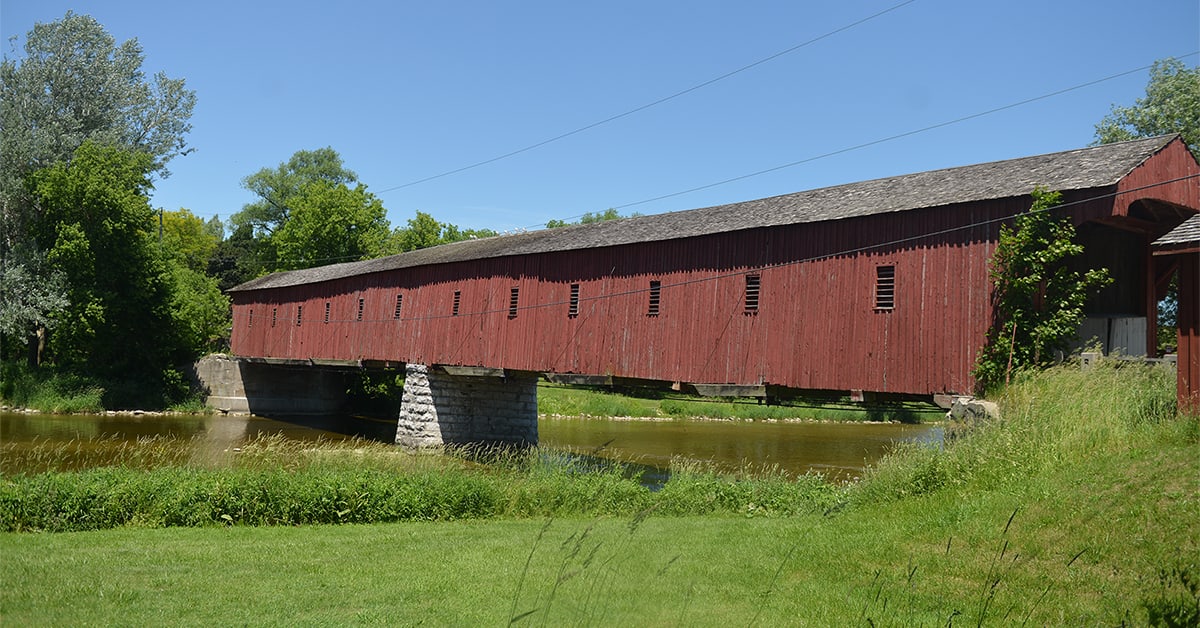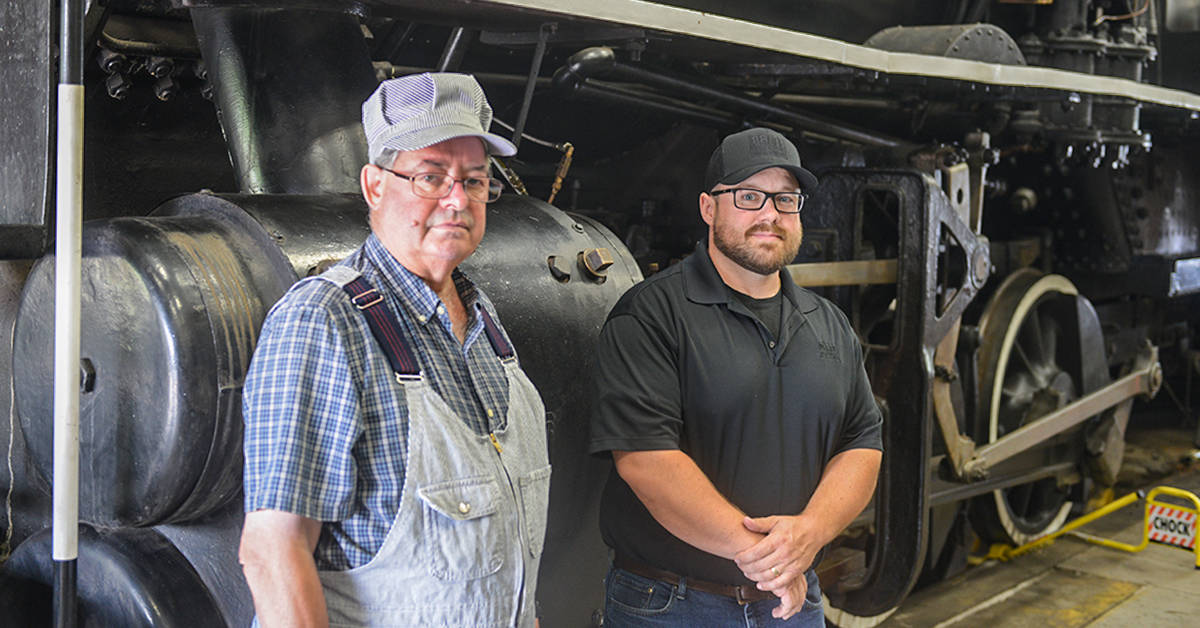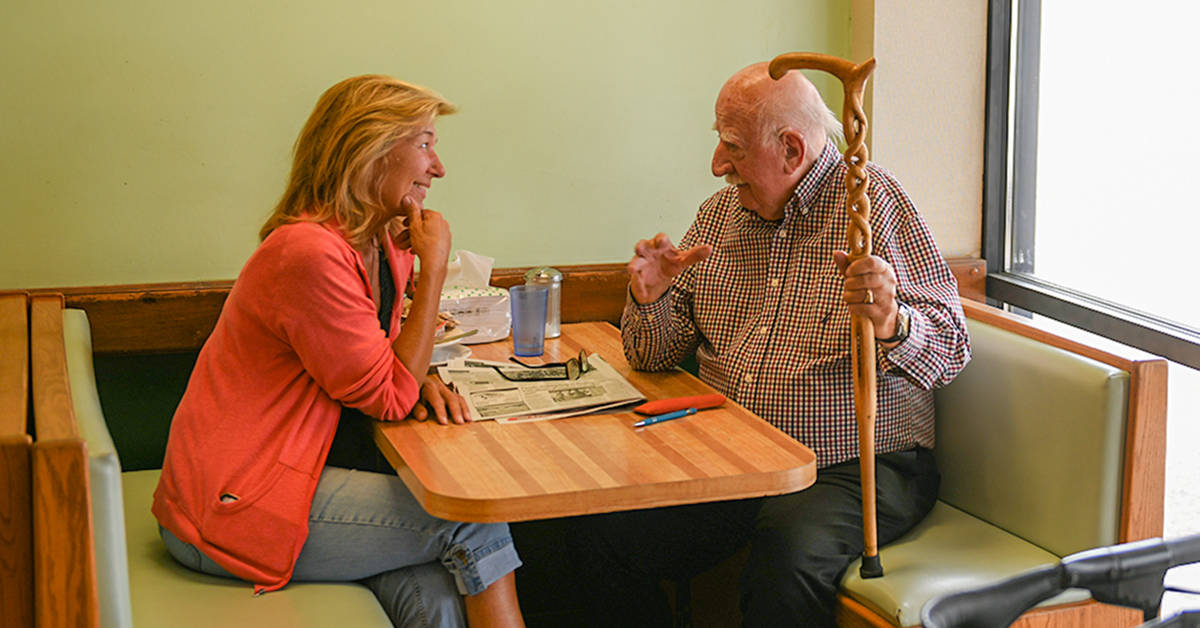A rehabilitated covered bridge in West Montrose will feature heritage-friendly wooden trusses under the latest design option favoured by the Region of Waterloo. That’s a shift away from the steel trusses that had been favoured previously.
The preferred alternative was the topic of discussion Tuesday evening at a special meeting of Woolwich’s heritage committee.
Ongoing studies and public feedback, coupled with what were found to be only small differences between the wood and steel options, tipped the scale in favour of timber-truss reinforcement in providing longer-term repairs to the bridge.
The structure, built in 1881 and the only remaining covered bridge in Ontario, has seen many repairs and alterations over the years. Most recently, the span has faced several closures in the wake of damage done by heavy vehicles crossing it despite longstanding prohibitions.
Both the steel and timber options would provide a lifespan of 75-plus years, with the wood option requiring more frequent maintenance to ensure its longevity, said Kevin Li of Doug Dixon & Associates Bridge Engineers, which did an assessment of the structure.
The preferred option would involve removing the Bailey trusses added to the bridge in 1950s in favour of a wooden option there too. Also slated for removal are the wooden splash guards inside the bridge that currently cover parts of the trusses. In the new design, the trusses would be visible from the interior.
Restoration materials and plans to eliminate the sag now visible on the bridge could raise the height of structure by up to a foot, though there would be no changes of elevation at the roadway on either end. The increased height would see longer timbers used as part of the re-cladding of the exterior timbers.
Li noted the bridge has been modified many times throughout its history.
The three-tonne load limit would remain, and height-restriction bars would be installed to prevent larger vehicles from crossing the bridge.
“These are very common on timber-covered bridges to protect the bridge,” said Li of the high restrictors.
Heritage committee member Hans Pottkamper said he’d like to see the rehabilitation “preserve it as close to the original as possible.”
The design for the bridge takes into account the cultural heritage landscape and the structure’s historical attributes, said Richard Unterman of the heritage resource management firm Unterman McPhail Associates.
He noted there would be no way to return the span completely to its 1881 status, noting it’s an “evolved bridge” that’s seen plenty of changes, materials included, over the years.
The splash panels inside, for instance, date back about a century, while the decision to paint the exterior was made perhaps 60 years ago.
The design will “respect the evolution of the bridge – it’s principally a wood structure,” he said.
Work planned for the bridge isn’t an historical restoration, per se, noted Region of Waterloo project manager Michelle Pinto.
The current preferred option has yet to be finalized, she added. The region is still taking feedback, with an eye on bringing back a report to council in December.
Woolwich’s heritage committee expects to provide input following its September meeting, allowing time for members to review a new heritage impact assessment of the bridge, said Coun. Patrick Merlihan, who chaired this week’s meeting.









